Its been a while since I’ve wrote about SimpliVity, and while I may not be there anymore, I still like to stay up to date. Today, SimpliVity announces some great enhancements that really build in the areas that really count.
SimpliVity RapidDR
When i was doing demo’s of the OmniStack software, there were 4 aspects of the built in data protection that i would always show off: Backup, Restore, Clone, and Move. While these make up the basic components of a disaster recovery plan, what was lacking was the automation piece. Enter RapidDR.
RapidDR provides the automation and work flows that tie all the data protection functionality together and deliver a truly comprehensive solution. Now users can schedule power on order, network and resource changes, as well as external scripts to run as part of a simple wizard. RapidDR will utilize Simplivity’s built in rapid restore technology to get customers up and running with a useable VM and thus reducing the amount of time it takes to recover from an incident.
This enhancement also improves compliance as well. All the scripts and recovery steps are self documenting to help improve compliance and understanding, and cut down on the time and complexity of manually building run books.
MS SQL specific backups
While application aware backups had been a part of SimpliVity since the initial version, i noticed often that customers would stack it with another SQL specific backup product to get all the functionality they needed. Now, with additional enhancements, those are a thing of the past. Now, when you backup a SQL server, you can do things like log truncation. And when you restore the VM, it will run through the entire restore and bring SQL server back to a running configuration, rather than having to restore the database from within.
SimpliVity All Flash Node
Saving the best for last, this has been something I’ve been waiting for since day 1 at SimpliVity. If you thought OmniStack was fast before, wait till it’s loaded up with flash. This update replaces the spinning disk with 1.6TB Intel SSDs. These nodes will come in equivalent specs to the larger nodes as far as CPU, RAM, and storage, while delivering up to 5x increased performance. As already validated by the AFA market, adding flash is a great way to keep up with the demands of an ever expanding environment and deliver predictable performance. Combine that with the rest of the enhancements already offered and you have a very robust datacenter in a box.
Conclusion
As a presales engineer, its clear that product management has been listening to feedback as these 3 were highly requested features and I’m glad to see them being brought to market as early as Q4 2016 (aka next quarter). If you are attending VMworld, be sure to stop by the booth and check this out. And if you are attending the show, drop me a line in the comments and lets meet up!






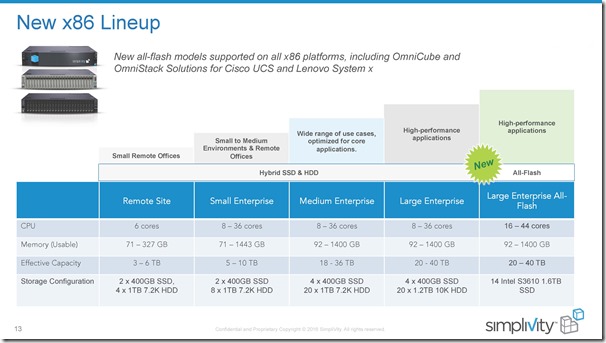

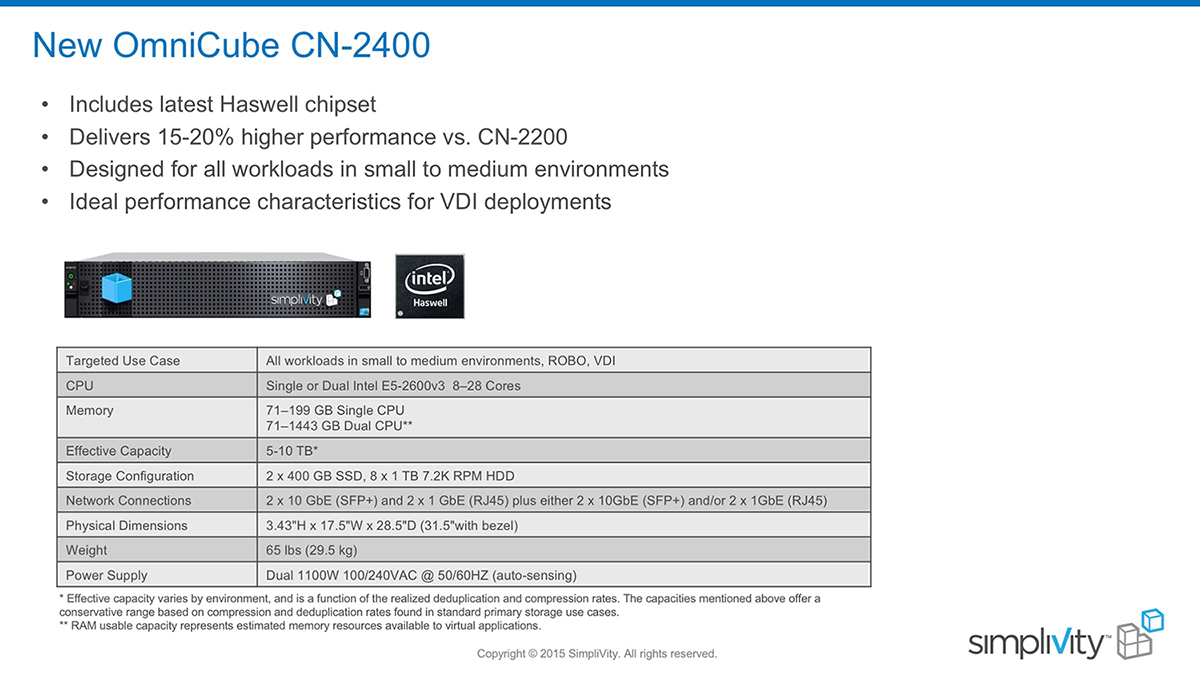
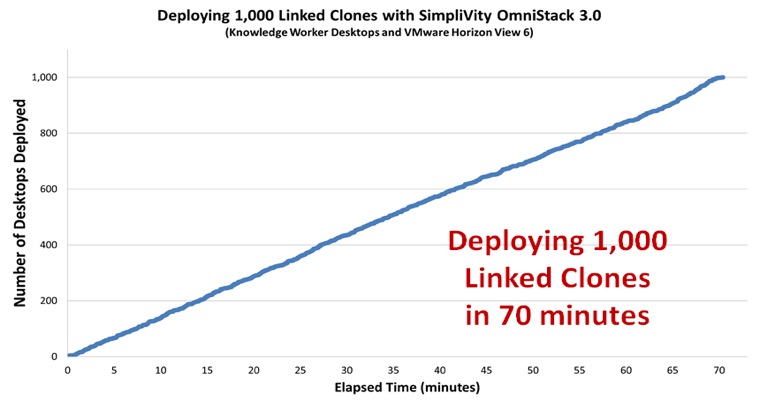
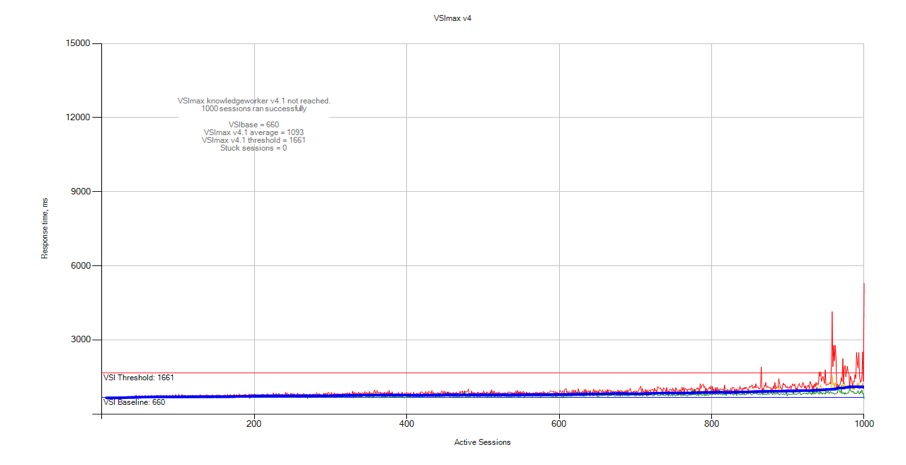
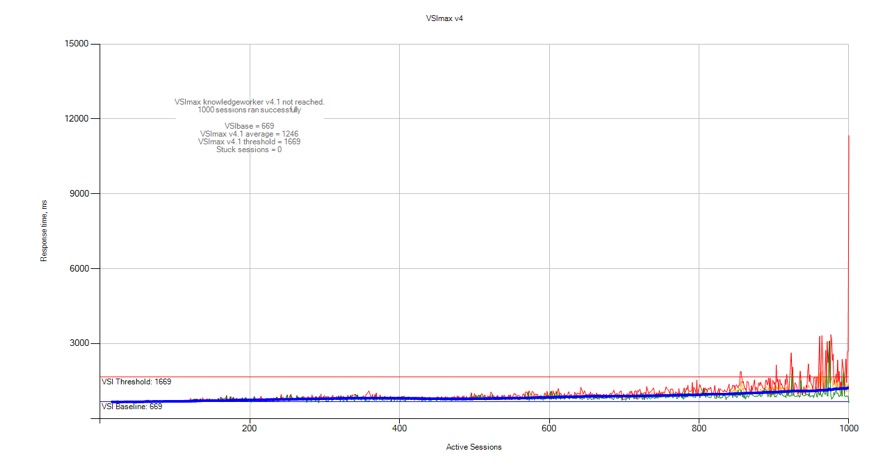
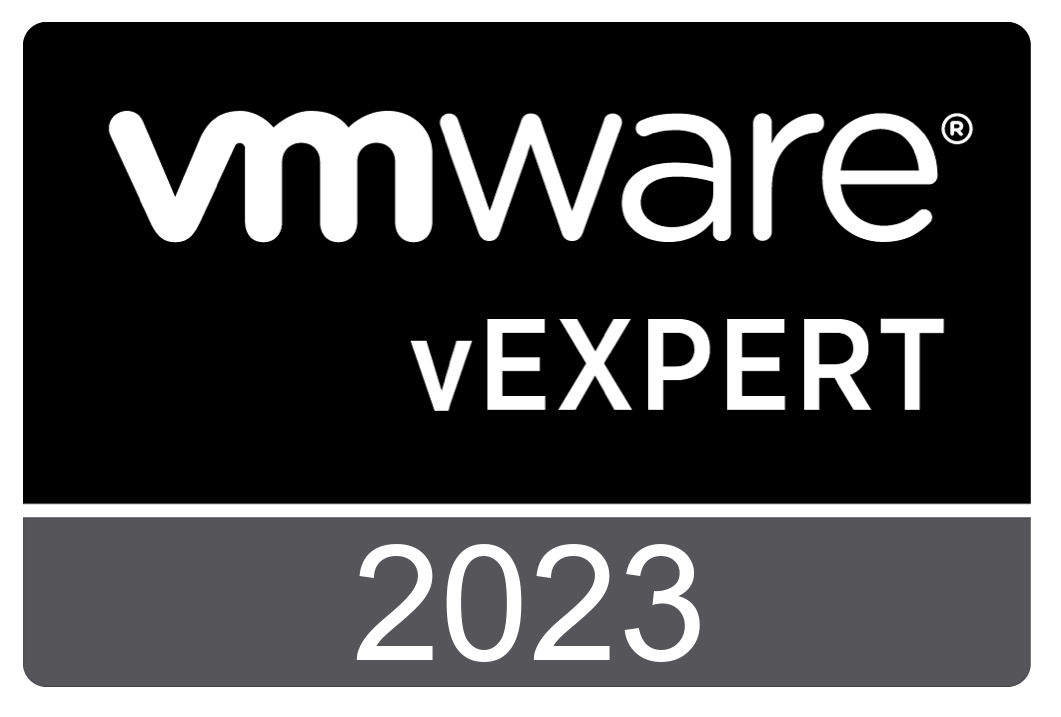

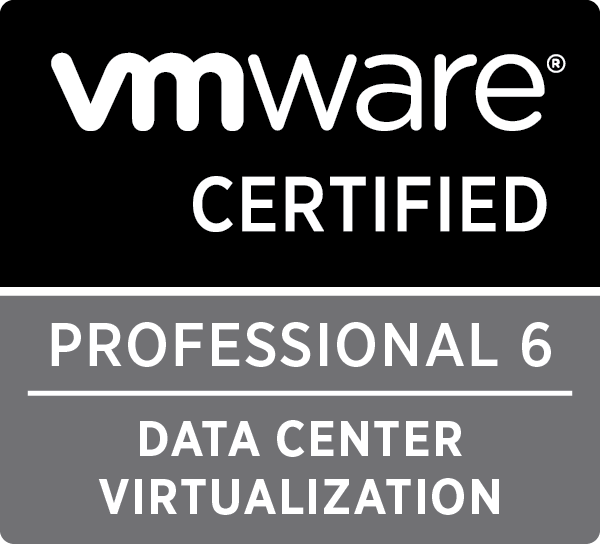


 Twitter
Twitter LinkedIn
LinkedIn RSS
RSS Youtube
Youtube Picasa
Picasa Email
Email
